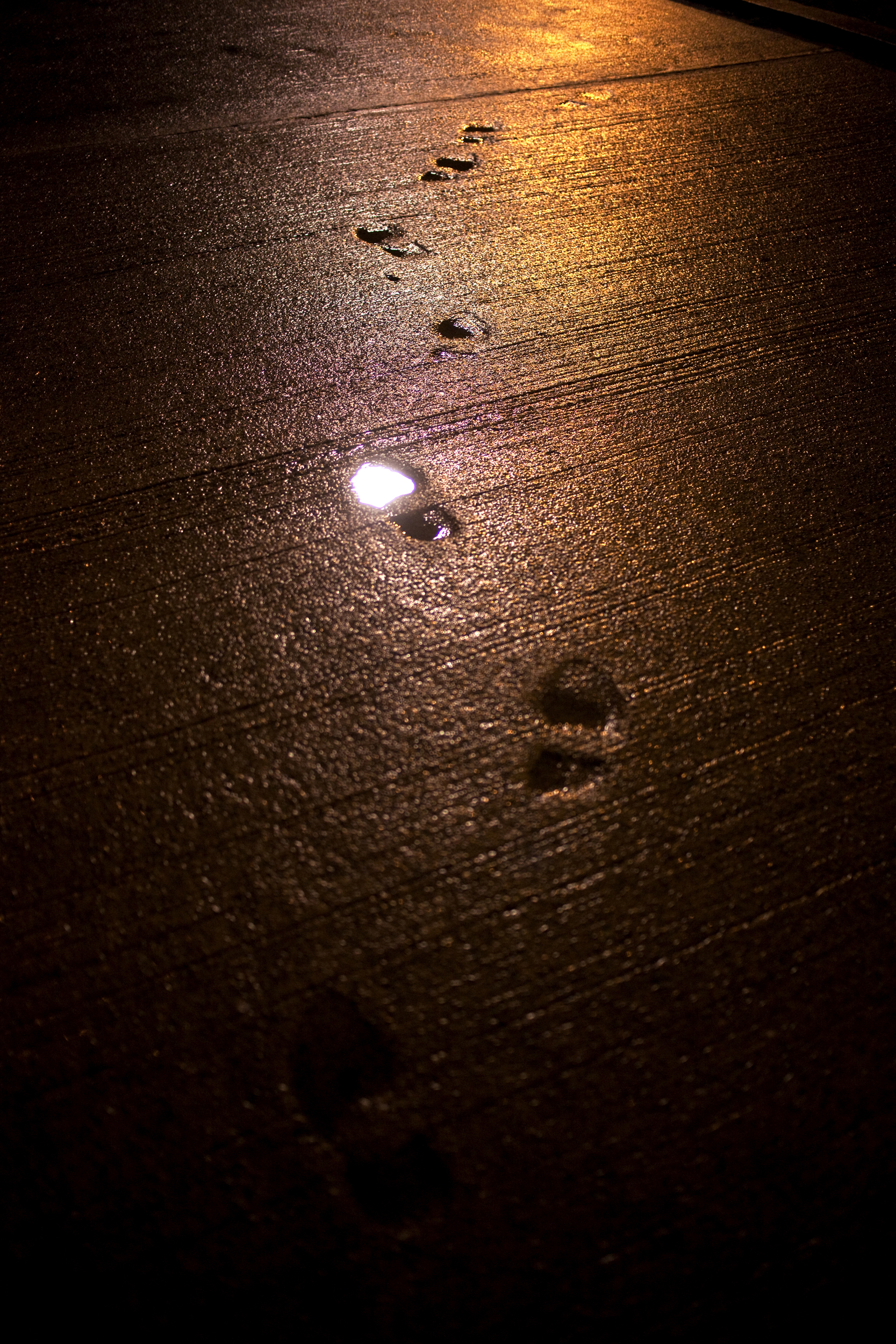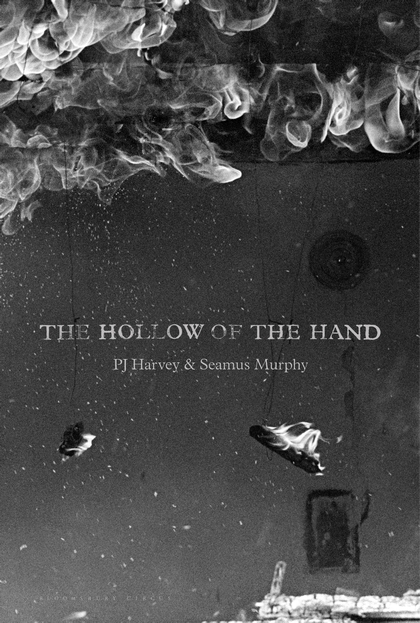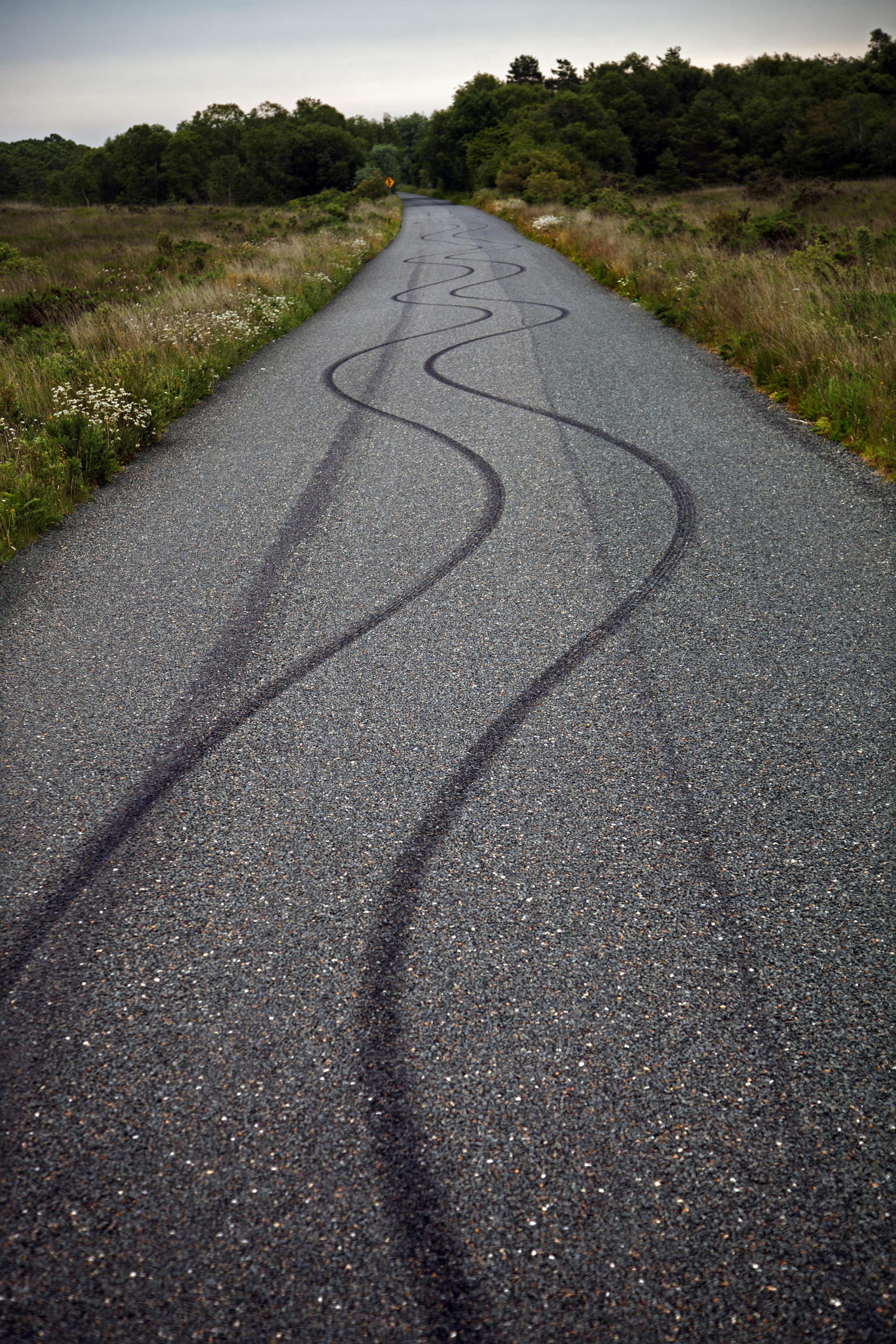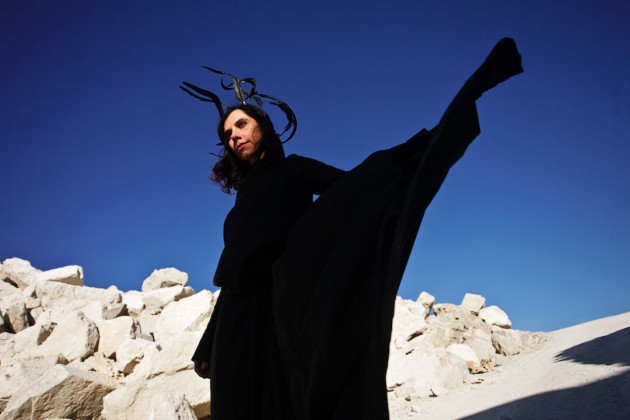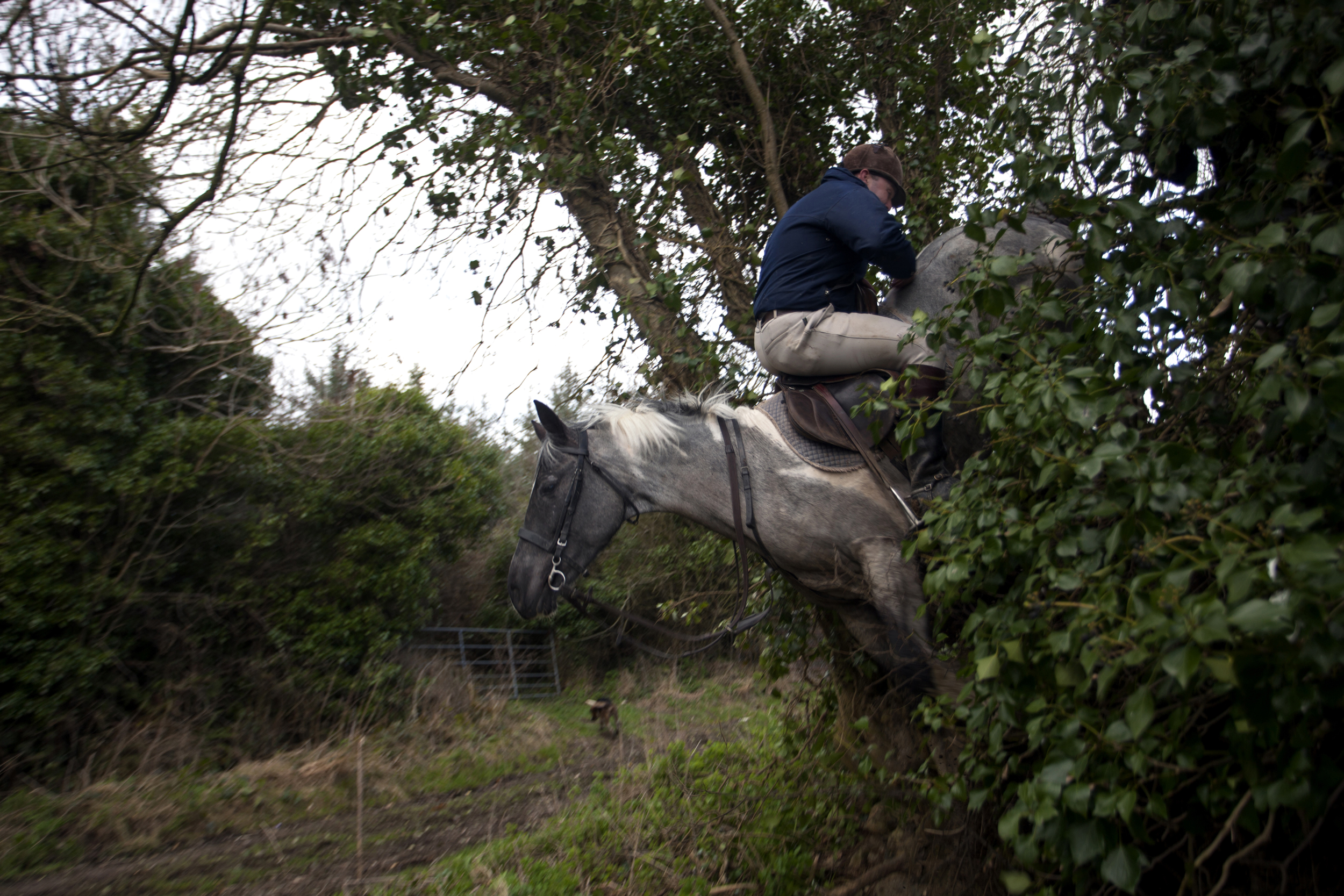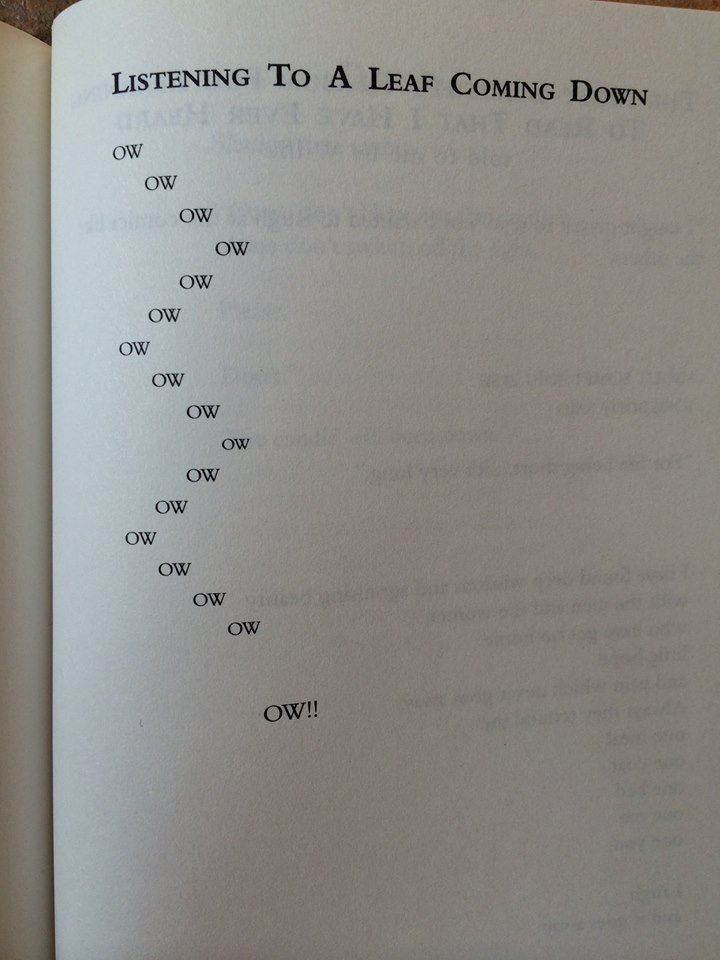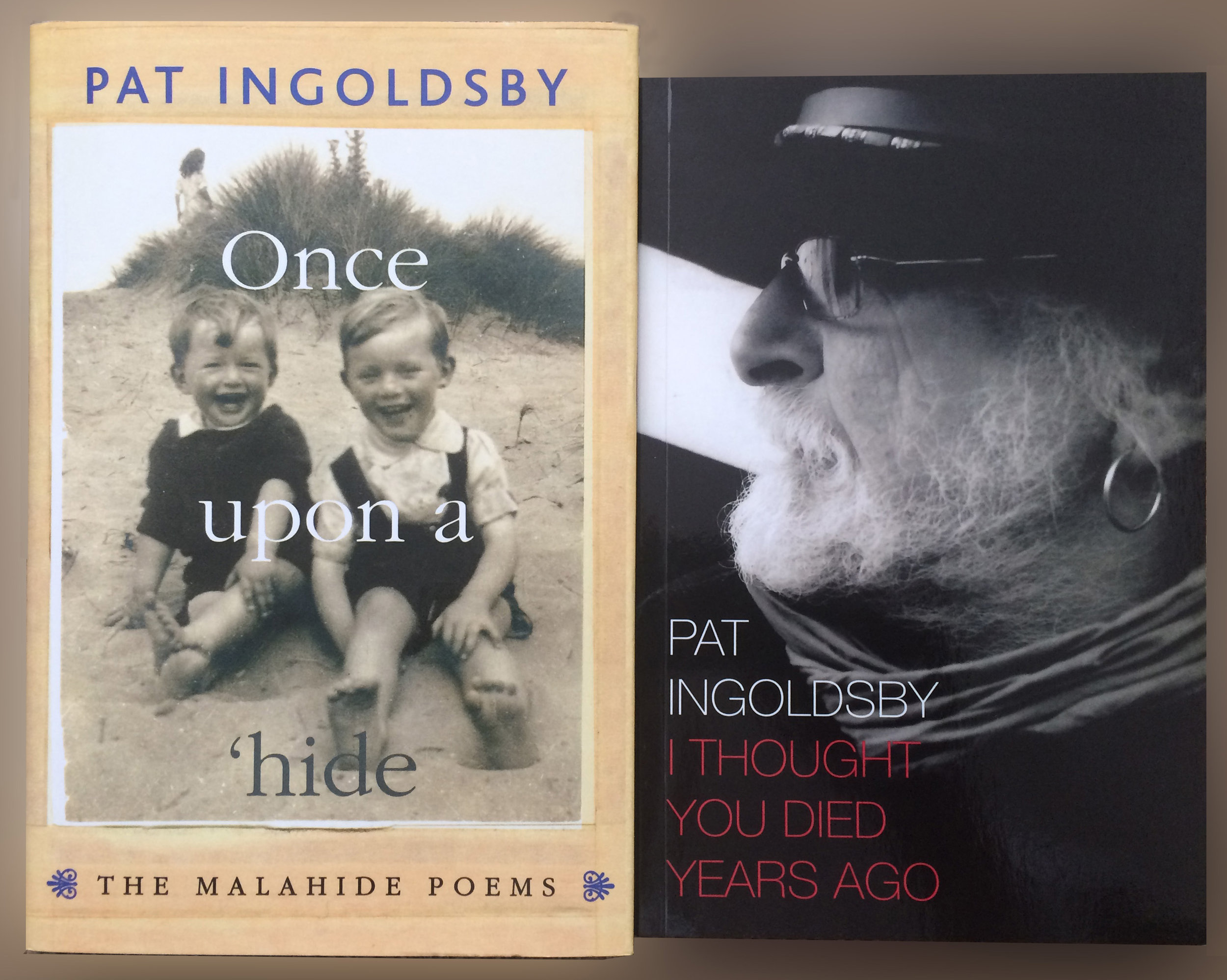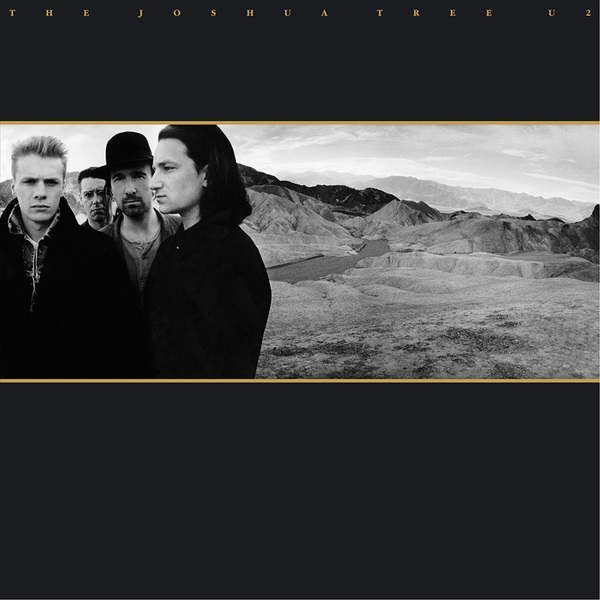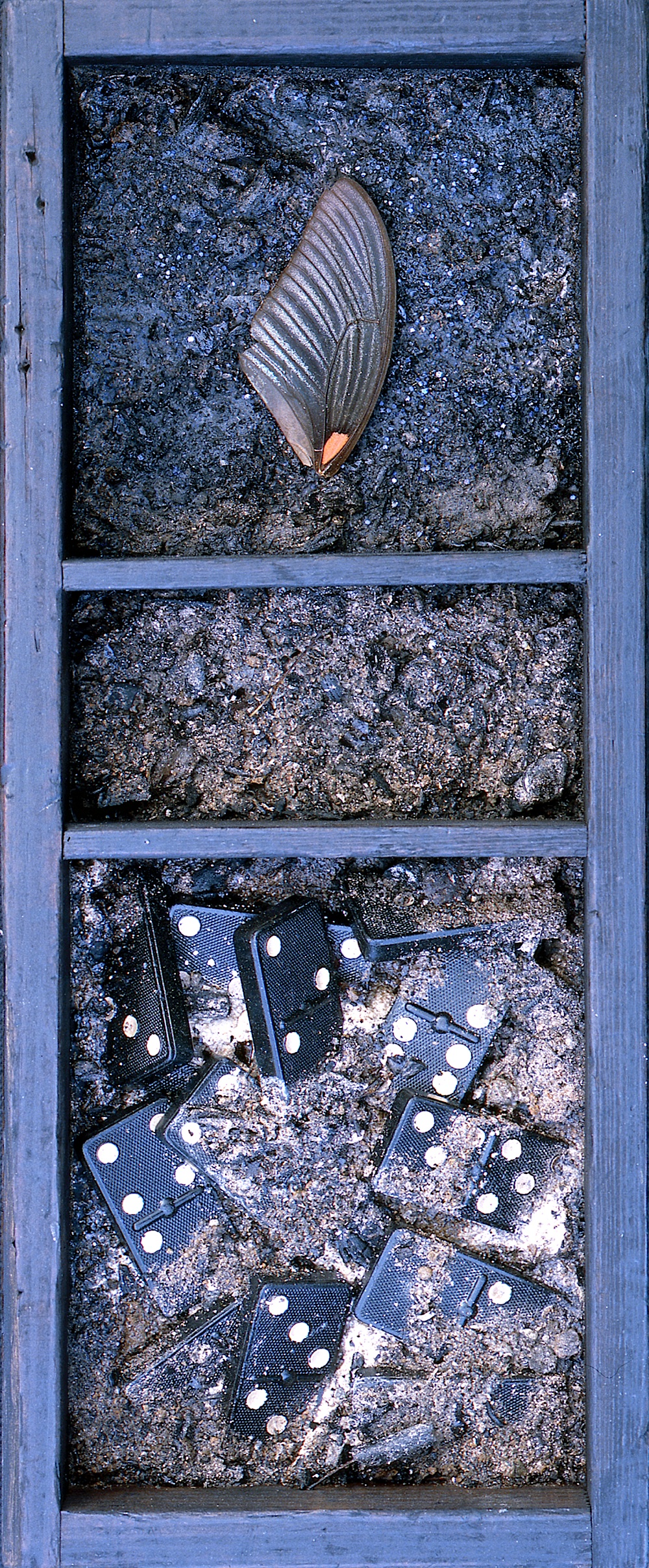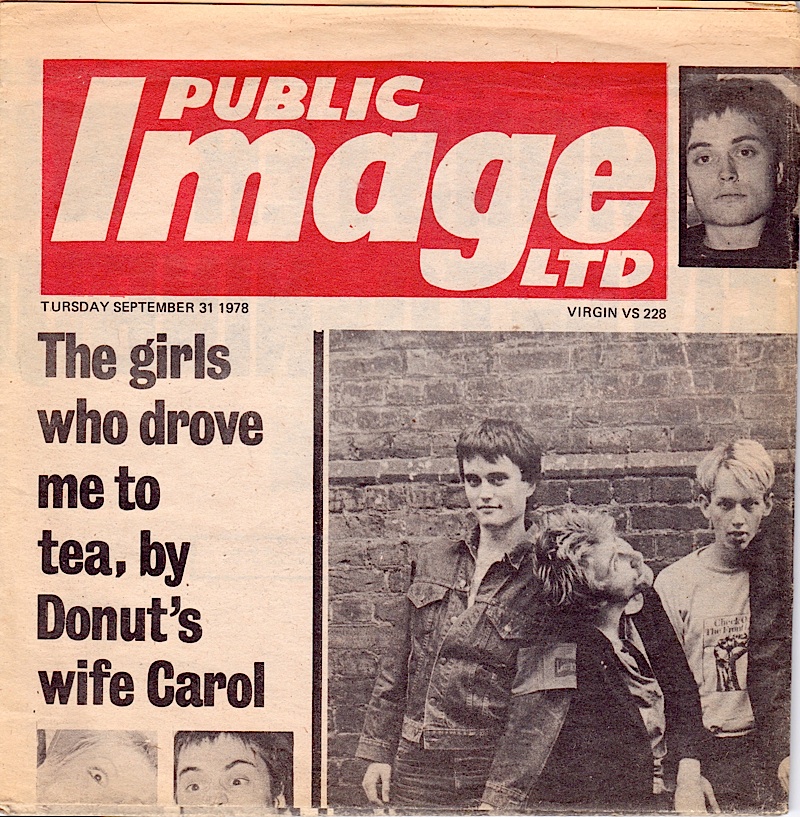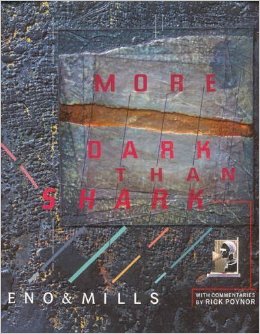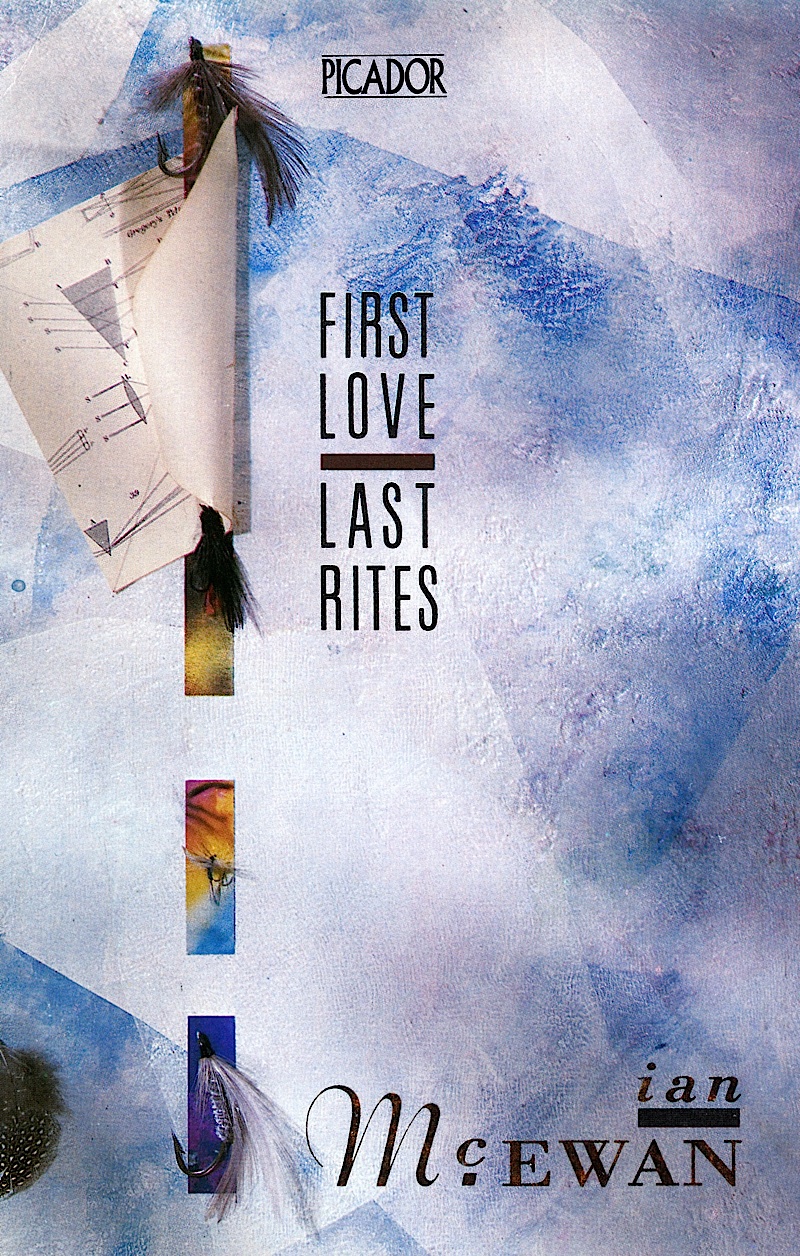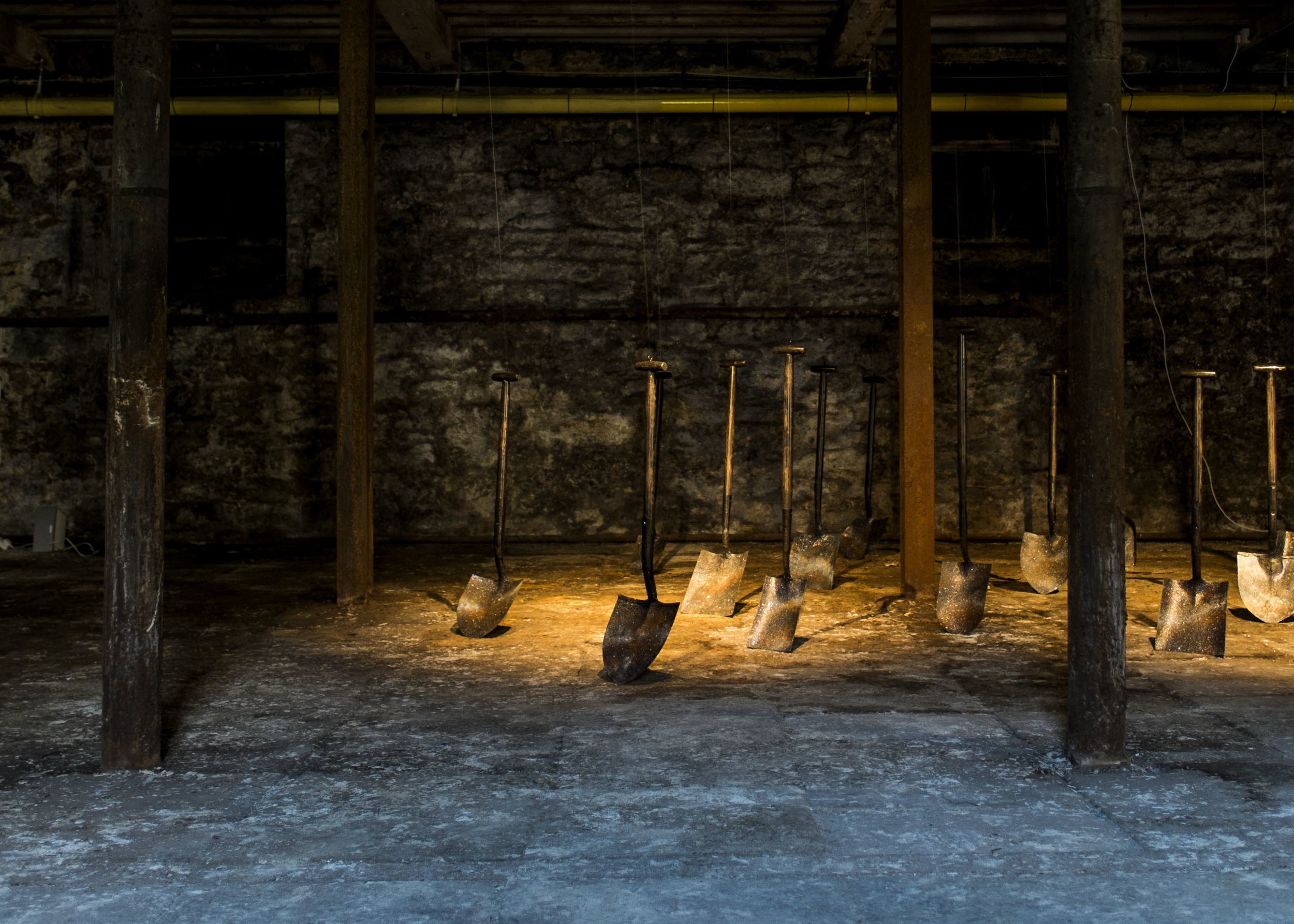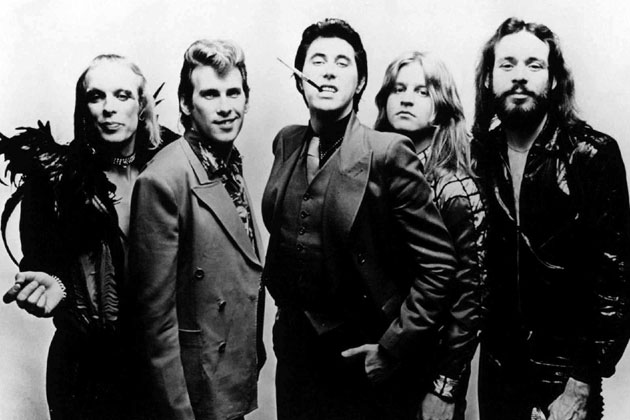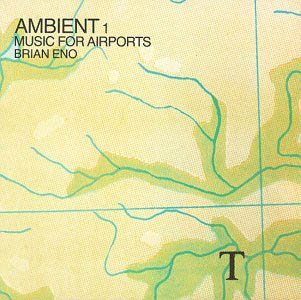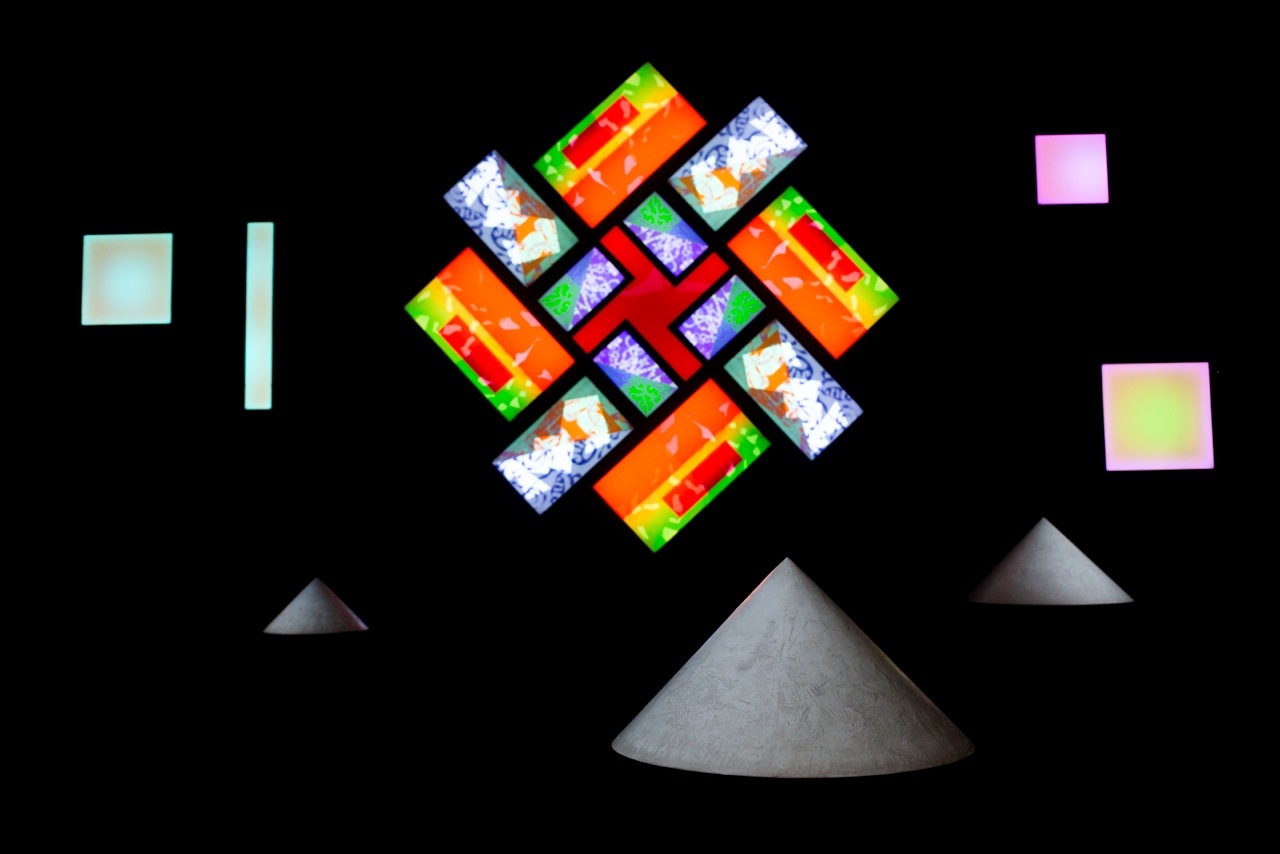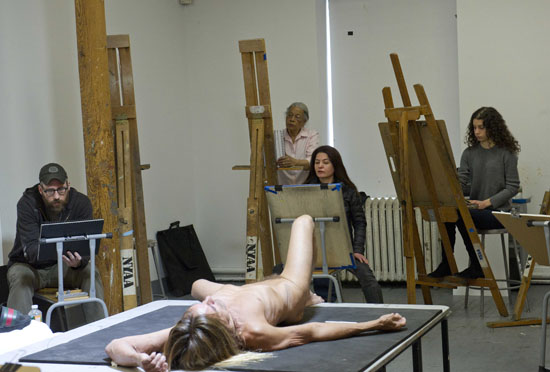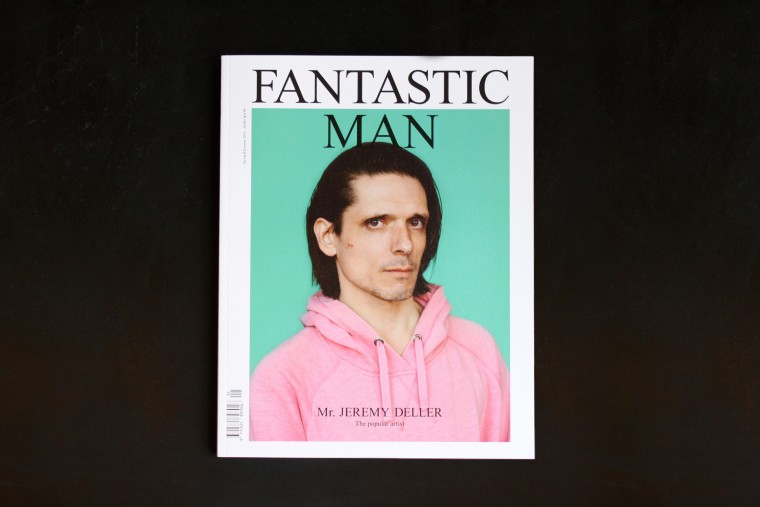





Seamus Murphy
on Pat Ingoldsby
Seamus Murphy
on Pat Ingoldsby
We first encountered Seamus Murphy a few years ago when we came across his captivating video for PJ Harvey's 'Let England Shake' before realising he had completed short films for each track on that album. He's continued to work with PJ publishing The Hollow of the Hand which combined her poetry with his images taken on journeys to Kosovo, Afghanistan and Washington DC between 2011 and 2014. Seamus returned to his homeland of Ireland to document The Republic, a photographic essay on the country 100 years on from the Easter Rising, which was published this year by Penguin.
Photo of Seamus by Mustafa Tughan Anit
Work by Seamus Murphy:
Seamus nominated the poet Pat Ingoldsby:
I got to know Pat while I was making Home is Another Place, a short film I made for The New Yorker over the summer in Dublin in 2013.
Pat appeals to our reason through invention and surrealism, in a voice understandable to everyone. He is a rare and sympathetic witness and champion of the underdog - of which there are many in Dublin. Above all he is very funny.
There is no better company than Pat and his poems to roam with around the streets of Dublin; absorbing its stories and conspiring with the mirth and darkness of the city.
Work by Pat Ingoldsby: (covers by Steve Averill)

Pat Ingoldsby
on Stephen Averill
Pat Ingoldsby
on Stephen Averill
Pat nominated the graphic designer Stephen Averill as his source of inspiration:
Steve is one of the most talented people I know in terms of graphic design. Nobody does it better. There isn't the slightest hint of ego or arrogance. The number of young bands and poets like myself, living on a prayer, who he's supported down through the years is extraordinary.
I continue to learn from him and how to be a very fine human being. Not alone did he give U2 their name but he designed covers for them such as The Joshua Tree. He was created Ireland's first punk band - The Radiators from Space. He is incredibly self-effacing.
“He has that skill I admire most in people - the ability to nourish your spirit and sharpen your intellect. ”
There is an extraordinary inviting freshness to his work. There's a symmetry which delights the eye and is always different with no element of repetition. Steve Averill never does the mixture as before. He has that skill I admire most in people - the ability to nourish your spirit and sharpen your intellect.
Image of Pat courtesy of Jennifer Farley
Work for U2 by Stephen Averill
Boy: Design Stephen Averill / Front Cover Photography - Hugo McGuinness
Achtung Baby: Design Stephen Averill / Shaughn McGrath / Front Cover Photography - Anton Corbijn
Joshua Tree: Design Stephen Averill / Front Cover Photography - Anton Corbijn

Steve Averill nominated the artist and graphic designer Russell Mills:
Inspiration can come in many forms from visual, musical and spiritual sources. We each define and divine from the cornucopia that we encounter in life. Many of those who offered me stimulation in the visual world are no longer with us - Barney Bubbles, Rick Griffin and Reid Miles to name but three. I have long been aware and an admirer of the work of Russell Mills. From his early work with Brian Eno - both the album cover designs as well as their book More Dark Than Shark - through to his gallery installations and his work with Nine Inch Nails.
“I have long been aware and an admirer of the work of Russell Mills. From his early work with Brian Eno - both the album cover designs as well as their book More Dark Than Shark - through to his gallery installations and his work with Nine Inch Nails. ”
So it was a pleasure to meet him in person when we shared a stage at the recent Offset event in Dublin. The real inspiration came from meeting and talking to Russell and being able to hear him talk about the ideas and thought processes behind his work and to then see some of his work close up at the accompanying exhibition. But it was from the man himself and his attitude to his work and life that I drew some personal motivation.
Work by Russell Mills:

Russell Mills
on Brian Eno
Russell Mills
on Brian Eno
Russell Mills nominated the music innovator, artist and producer Brian Eno:
Shed-for-a-head. Maverick. Polymath. Mobile (guerilla responsiveness as opposed to standing army constraints). Fervently progressive, champion of the new, of variegation and diversity, of the provisional and the contingent. Professional amateur and mischievous catalyst. Both intuitive and cerebral. Against habits of mind. Lucidly perceptive. Absorbing yet accessible.
From my first sighting and hearing of Roxy Music in 1972, I sensed that the androgynous, sequined, feathered, mascara-ed, knob-twiddling creator of otherworldly sounds, Eno, was exactly the kind of person I’d like to meet and exchange ideas with.
I first met Brian in 1975 while I was a student at the Royal College of Art, with no ulterior motives other than to connect and to hopefully share ideas. In his work with Roxy and in his solo projects, all of which espoused the collage principle that I believed was the most important cultural idea of the 20th century, I recognised a mind at work of a kindred spirit, an intellectual mirror.
Like me, he was concerned with the ever-shifting principles of culture in its widest sense and was questioning the erroneously guarded philosophies of cultural hierarchies, which pervade within and between disciplines in the arts; that discourage cross-cultural transactions in favour of an advocacy of invented scales of intrinsic values, ranking some areas of cultural practice as better than others. We both believed that there is no over-arching paradigm guiding us; rather the ideal is the exploration of the non-prescriptive, the unknown and the conjectured.
“From my first sighting and hearing of Roxy Music in 1972, I sensed that the androgynous, sequined, feathered, mascara-ed, knob-twiddling creator of otherworldly sounds, Eno, was exactly the kind of person I’d like to meet and exchange ideas with. ”
His work, in and across all genres, continually exemplifies the adages that have guided me and my work: from Robert Frost’s, “No surprise for the writer, no surprise for the reader', to Samuel Beckett’s, "Ever tried. Ever failed. No matter. Try again. Fail again. Fail better."
Working at the margins of culture, determinedly open to the capacity of risk and unafraid of the new or the unknown, Brian speculates, through what I call ‘serious play’, seeking to find new approaches to creativity. While occasionally dismissed or ignored at the time, his ideas generally tend to be absorbed into the mainstream years later.
He is one of the most consistently interesting people I've ever met and he also happens to be one of the most important cultural thinkers we have. With an encyclopedic knowledge and insatiable curiosity he is never boring. Conversations with him flow seamlessly or ricochet at dizzying pace, or both. Connections and correlations are found in the collisions and collusions between the most apparently disparate topics, from the banal to the astonishing.
As a friend and as a fellow artist, Brian has continually inspired me to pursue a similar life of exploration, of experimentation, and of adventure. His career has served as a model for a life worth living, in which I’m able to do what I love and love what I do.
And, despite his reputation as a Mekon-domed overly cerebral intellectual, along with his brother Roger, he also happens to be one of the funniest people I know. For all these reasons I love and respect him.
Work by Brian Eno:

Brian Eno nominated the conceptual, video and installation artist Jeremy Deller:
Jeremy Deller's work surprises me at so many levels. It expands the idea of what an artist does, of what Art could be, and what it could be for.
In THE BATTLE OF ORGREAVE, for example, Deller instigated a process a bit similar to the social theatre experiments of Augusto Boal, where people theatrically recreate situations in which they're involved in order to try to understand them differently. A number of ex-miners and ex-policemen who'd been at the original confrontation at the Orgreave pit in 1984 reassembled and played out the day again. They were joined by a large group of historical re-enactors, and the result was filmed by Mike Figgis. It was revelatory. Is this Art? Theatre? Therapy? Politics? Education? History? I like the fact that it easily straddles all of those things, and that Deller's own role is equally ambiguous.
“I would like Art to be one of the ways we come to feel empathy for each other and understand each other better, and this art holds the promise of that.”
In ACID BRASS Deller worked with a traditional brass band, but asked them to play Detroit techno, creating an stunning concert and, as a spinoff, a new form of music. Again, the element of social engagement by a community of people was critical, and the bonds formed through that are part of the payoff of the work. I like the fact that these social dimensions are the fundamental material of the work. Instead of using art as propaganda for community action, Deller makes Art out of community action. As we see our country threatening to fragment, that's a very important idea. I would like Art to be one of the ways we come to feel empathy for each other and understand each other better, and this art holds the promise of that.
Deller’s work is often technically very ambitious, involving organising large groups of volunteers and helpers, but he himself is almost invisible in the end result. I’m inspired by this quietly subversive way of being an artist, setting up situations and then letting them play out. To me it’s a form of social generative art where the ‘generators’ are people and their experiences, and where the role of the artist is to create a context within which they collide and create.
Jeremy Deller and his work:
Photo credits: Iggy Pop Life Class image courtesy of Elena Olivo/Brooklyn Museum, Fantastic Man cover by Alasdair McLellan
Search for areas of interest here (e.g. graphic design, music, photography...)
